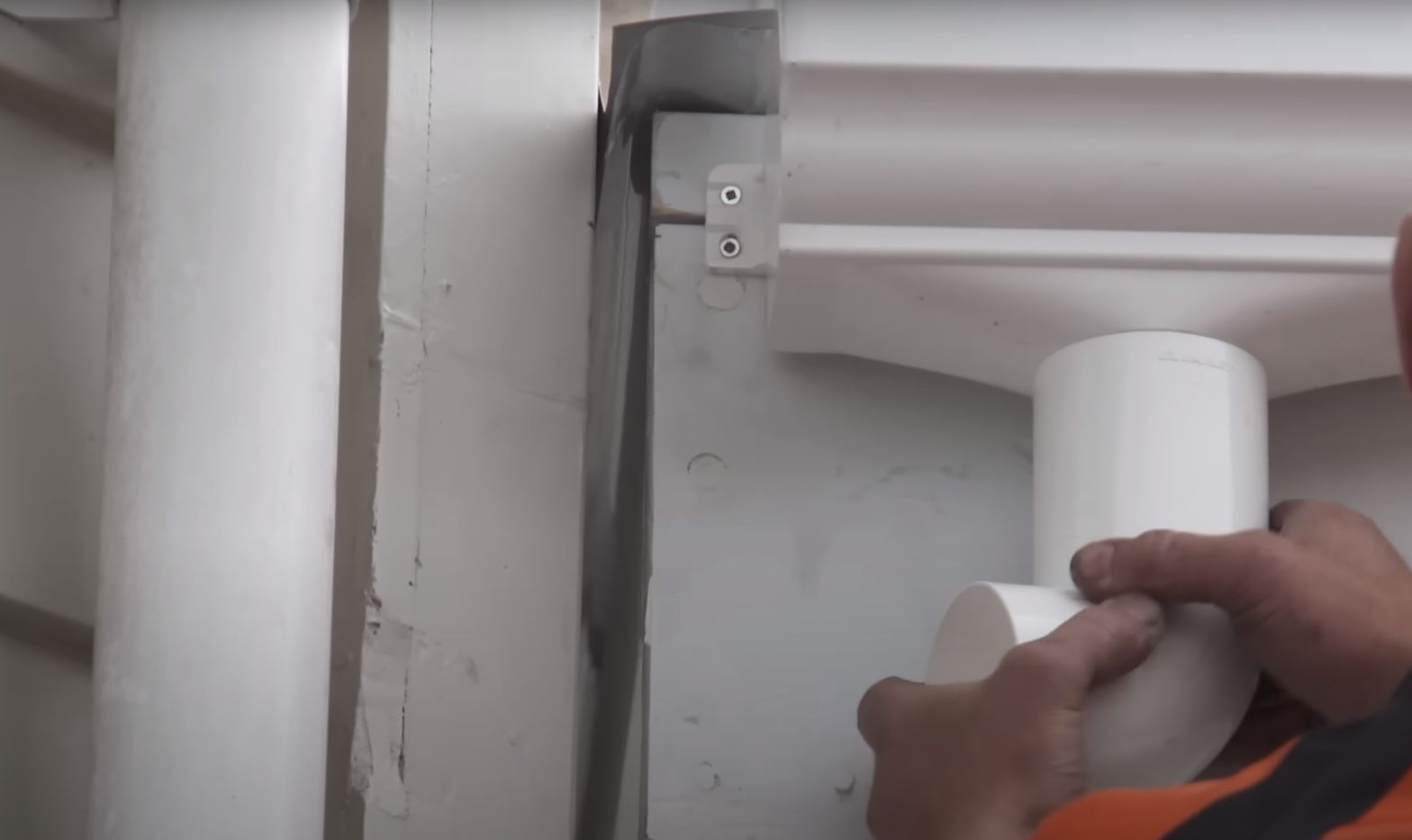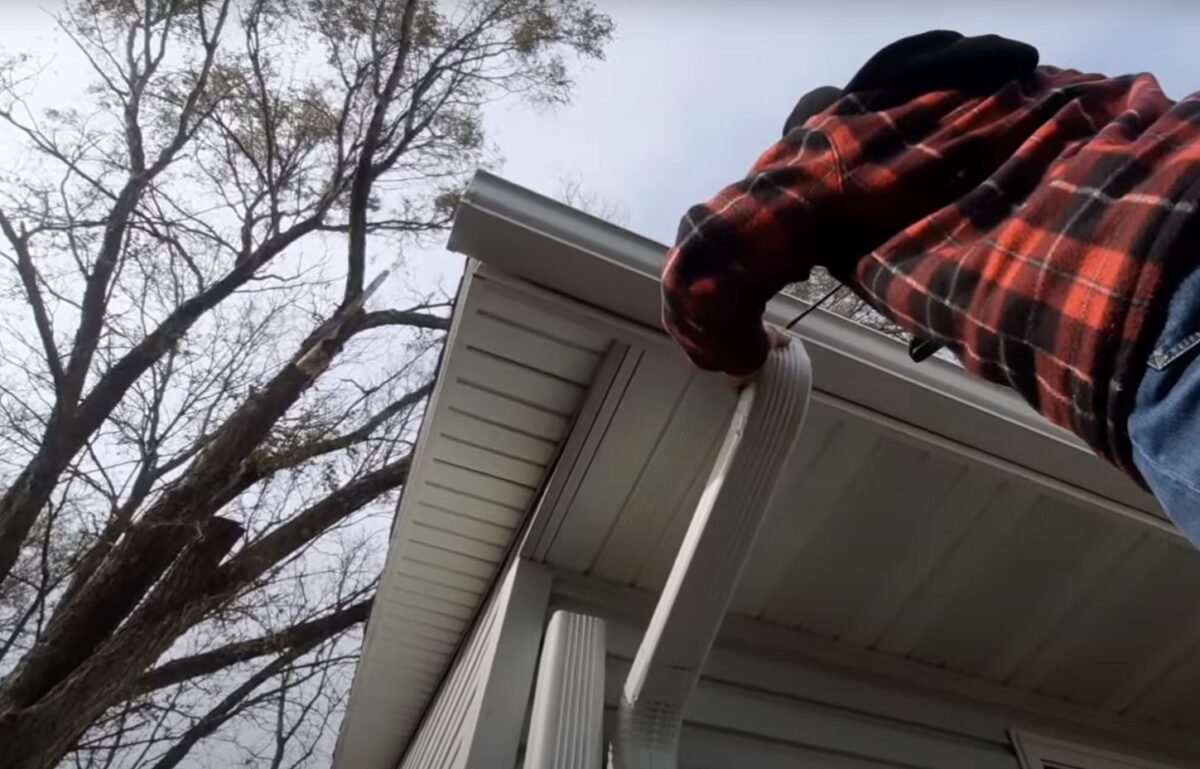Replacing Gutters: Your DIY Guide in Auckland
Understanding Gutter Importance
Gutters are crucial components of any Auckland home. They direct rainwater away from the house, preventing potential damage to your property’s foundation and surrounding areas. For any Aucklander, especially newcomers to our region, understanding the ins and outs of guttering can help maintain and enhance the value of your property.
Is DIY Gutter Installation Right for You?
You might wonder if DIY gutter installation or replacement is feasible. While it’s a task that many homeowners consider, there are a few aspects to consider:
- Skill Level: Basic knowledge of tools and construction is essential.
- Time: Depending on the size of your house, it can be a day-long activity or even a weekend project.
- Safety: Working at heights can be dangerous; always use proper safety equipment.
- Environmental Concerns: Disposing of old gutters responsibly and choosing eco-friendly materials for new gutters is crucial.
Material Choices and Their Costs There are various materials available in the market:
- Lightweight and resistant to rust.
- Cost: Approximately NZ$25-NZ$60 per metre.
- Sturdy and can withstand heavy rainfalls.
- Cost: Ranges from NZ$30-NZ$70 per metre.
- Also known as PVC gutters. Lightweight and easy to install.
- Cost: Typically around NZ$20-NZ$50 per metre.
Downspouts: An Integral Component Your choice of downspouts plays a pivotal role in efficient water drainage.
- Rectangular Downspouts:
- Commonly used and pairs well with most gutter systems.
- Cost: NZ$10-NZ$40 per metre.
- Round Downspouts:
- Aesthetic appeal but requires more regular maintenance.
- Cost: NZ$15-NZ$45 per metre.
Health, Safety and Auckland Council Bylaws
For DIY enthusiasts in Auckland, there are regulations to consider:
- Health and Safety: New Zealand has stringent health and safety regulations. Always ensure the use of safety gear, including harnesses and hard hats. It’s not only for your safety but also a legal requirement.
- Council Bylaws: Depending on where you’re located in Auckland, there are bylaw requirements. For instance, in Waitakere and Manukau, specific codes pertain to the materials and gutter installation methods. Familiarising yourself with these codes ensures compliance and avoids potential fines.
Environmental Considerations When choosing gutter materials and planning your project, consider:
- Material Sustainability: Opt for recyclable materials or those with long lifespans.
- Disposal: If replacing old gutters, ensure you’re disposing of them in an environmentally-friendly manner.
- Water Harvesting: Consider setting up a system to collect and reuse rainwater, reducing water wastage.
Cost Breakdown Summary Table
| Component | Material | Cost Range (NZ$/metre) |
| Gutters | Aluminium | NZ$25-NZ$60 |
| Steel | NZ$30-NZ$70 | |
| Vinyl | NZ$20-NZ$50 | |
| Downspouts | Rectangular | NZ$10-NZ$50 |
| Round | NZ$15-NZ$45 |
Remember, the costs mentioned are approximate and can vary based on multiple factors, including location and supplier. It’s always a good idea to get multiple quotes and understand the full scope of the project before diving in.
Frequently Asked Questions on Gutter Installation in Auckland
Can I install gutters by myself without any professional assistance? Yes, many homeowners undertake DIY gutter installation. However, ensure you have the necessary tools, safety equipment, and basic knowledge of construction.
Which gutter material is the most durable? Steel gutters are robust and can withstand heavy rainfalls, making them a durable option. However, all materials have their pros and cons, so factor in local conditions and maintenance requirements.
Are there specific Auckland Council bylaws I should be aware of? Yes, depending on your suburb, such as Waitakere or Manukau, there are specific codes relating to materials and installation methods. Always check with your local council for the most accurate information.
Is it essential to consider environmental factors when installing gutters? Absolutely. From the choice of materials to the disposal of old gutters, ensuring you make environmentally-friendly decisions not only benefits the environment but can also be compliant with local guidelines.
How often should I replace or maintain my gutters? Typically, with regular maintenance, gutters can last several years. However, depending on the material and environmental conditions, you might need to inspect and clean them at least twice a year.
Are there any specific safety precautions I should take during installation? Always use the proper safety gear, such as harnesses, hard hats, and gloves. Working at heights can be dangerous, so ensure you have a stable ladder or scaffolding. New Zealand’s health and safety regulations are also strict, so familiarise yourself with them.
Can I collect rainwater from my gutters for household use? Yes, many Aucklanders set up systems to harvest rainwater from gutters. It’s an eco-friendly way to reduce water wastage and can be beneficial, especially during drier months.
Are there any hidden costs I should be aware of when replacing gutters? While the material and downspout costs are primary expenses, factor in potential costs like tools (if you don’t have them), safety equipment, disposal of old gutters, and any potential council fees or fines for non-compliance.
How do I know if my gutters need replacing or just cleaning? Visible signs like rusting, holes, sagging sections, or persistent leaks even after cleaning are indicators that it might be time for a replacement.
Does the shape of the downspout affect the efficiency of the drainage? Yes, while round downspouts have aesthetic appeal, rectangular downspouts are commonly used because of their efficiency in draining water. However, the efficiency can also be influenced by the size, angle, and cleanliness of the downspout.
If you’re ever in doubt about any aspect of gutter installation or replacement, it’s a good idea to consult with professionals or your local council for clarity.
Key Takeaways on Gutter Installation in Auckland
- Installing gutters can be a DIY task, but it requires the right tools, safety equipment, and a basic understanding of construction.
- Steel gutters, known for their durability, can withstand heavy rainfalls, while other materials like aluminium and vinyl have their unique benefits.
- Auckland Council bylaws vary by suburb, with areas like Waitakere and Manukau having specific codes for gutter materials and installation.
- Environmental considerations play a significant role in choosing gutter materials, disposing of old ones, and even setting up rainwater harvesting systems.
- Regular maintenance can prolong the life of your gutters, but signs like rusting, holes, or persistent leaks might indicate a need for replacement.
- Safety precautions are paramount, especially given New Zealand’s stringent health and safety regulations.
- The choice of downspout shape can influence drainage efficiency, with rectangular downspouts commonly preferred for their effectiveness.
- Additional costs might arise from tool purchases, safety gear, old gutter disposal, and potential non-compliance fees.
- Professional consultation or checking with the local council can provide clarity and guidance on gutter installation or replacement.

